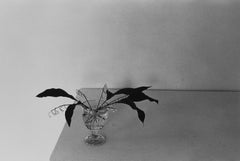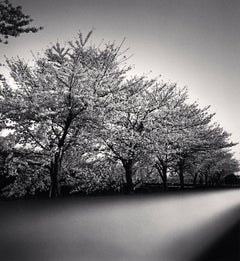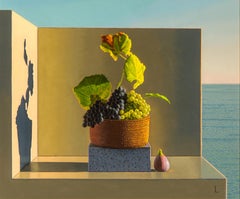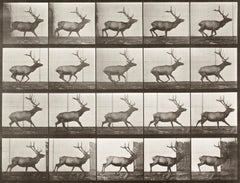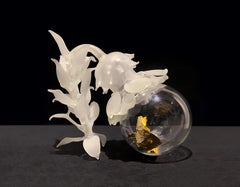Adaa Art Dealers Association Of America
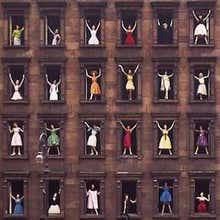
1980s Adaa Art Dealers Association Of America
Silver Gelatin
21st Century and Contemporary Adaa Art Dealers Association Of America
Silver Gelatin
21st Century and Contemporary Contemporary Adaa Art Dealers Association Of America
Canvas, Oil
1880s Adaa Art Dealers Association Of America
Photographic Paper
2010s Contemporary Adaa Art Dealers Association Of America
Gold Leaf
1880s Adaa Art Dealers Association Of America
Photographic Paper
1880s Adaa Art Dealers Association Of America
Photographic Paper
2010s Contemporary Adaa Art Dealers Association Of America
Oil, Wood Panel
1880s Adaa Art Dealers Association Of America
Photographic Paper
2010s Contemporary Adaa Art Dealers Association Of America
Canvas, Oil
2010s Contemporary Adaa Art Dealers Association Of America
Pigment
1880s Adaa Art Dealers Association Of America
Photographic Paper
20th Century Academic Adaa Art Dealers Association Of America
Ink, Gouache, Pen
Late 19th Century American Realist Adaa Art Dealers Association Of America
Canvas, Oil
Early 2000s Adaa Art Dealers Association Of America
Archival Pigment
2010s Contemporary Adaa Art Dealers Association Of America
Wood
Mid-20th Century Adaa Art Dealers Association Of America
Silver Gelatin
2010s Contemporary Adaa Art Dealers Association Of America
Canvas, Oil
1950s Adaa Art Dealers Association Of America
Silver Gelatin
2010s Contemporary Adaa Art Dealers Association Of America
Archival Pigment
Late 20th Century Contemporary Adaa Art Dealers Association Of America
Paper, Pencil
1970s Adaa Art Dealers Association Of America
Archival Pigment, Digital Pigment
Late 20th Century Art Nouveau Adaa Art Dealers Association Of America
Mezzotint
1920s Japanese Taisho Vintage Adaa Art Dealers Association Of America
Elm
21st Century and Contemporary Contemporary Adaa Art Dealers Association Of America
Oil, Panel
2010s Adaa Art Dealers Association Of America
Photographic Paper, Archival Pigment
1950s American Modern Vintage Adaa Art Dealers Association Of America
Wood
1930s American Folk Art Vintage Adaa Art Dealers Association Of America
Tin
Late 19th Century American Realist Adaa Art Dealers Association Of America
Oil, Board
1890s Austrian Folk Art Antique Adaa Art Dealers Association Of America
Stoneware
2010s Contemporary Adaa Art Dealers Association Of America
Canvas, Oil
2010s Adaa Art Dealers Association Of America
Photographic Paper, Color, Archival Pigment
21st Century and Contemporary Realist Adaa Art Dealers Association Of America
Acrylic, Alkyd, Panel
Mid-20th Century American Modern Adaa Art Dealers Association Of America
Tempera, Wood Panel
20th Century American Realist Adaa Art Dealers Association Of America
Canvas, Oil
1950s Adaa Art Dealers Association Of America
Silver Gelatin
1880s American Folk Art Antique Adaa Art Dealers Association Of America
Iron
2010s Contemporary Adaa Art Dealers Association Of America
Canvas, Oil
Late 19th Century American Realist Adaa Art Dealers Association Of America
Monotype
21st Century and Contemporary Adaa Art Dealers Association Of America
Canvas, Oil
2010s Contemporary Adaa Art Dealers Association Of America
Canvas, Oil
Early 20th Century American Modern Adaa Art Dealers Association Of America
Canvas, Oil
Early 19th Century American Folk Art Antique Adaa Art Dealers Association Of America
Tapestry
2010s Contemporary Adaa Art Dealers Association Of America
Canvas, Charcoal, Oil
2010s Contemporary Adaa Art Dealers Association Of America
Oil
1980s Surrealist Adaa Art Dealers Association Of America
Canvas, Oil
2010s Adaa Art Dealers Association Of America
Photographic Paper, Archival Pigment
2010s Contemporary Adaa Art Dealers Association Of America
Canvas, Oil
2010s Contemporary Adaa Art Dealers Association Of America
Oil, Wood Panel
2010s Adaa Art Dealers Association Of America
Archival Pigment
2010s Contemporary Adaa Art Dealers Association Of America
Board, Oil, Paper
21st Century and Contemporary Adaa Art Dealers Association Of America
Woodcut
2010s Adaa Art Dealers Association Of America
Archival Pigment
19th Century Austrian Biedermeier Antique Adaa Art Dealers Association Of America
Metal
2010s Abstract Adaa Art Dealers Association Of America
Canvas, Oil
Early 17th Century European Antique Adaa Art Dealers Association Of America
1890s English Art Nouveau Antique Adaa Art Dealers Association Of America
Sterling Silver
1920s German Art Deco Vintage Adaa Art Dealers Association Of America
Silver, Enamel
1980s Adaa Art Dealers Association Of America
Archival Pigment
1930s American Modern Adaa Art Dealers Association Of America
Canvas, Oil
